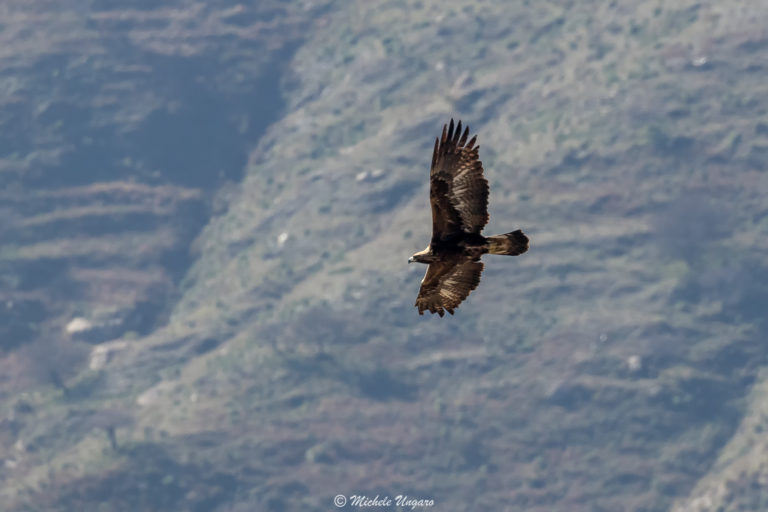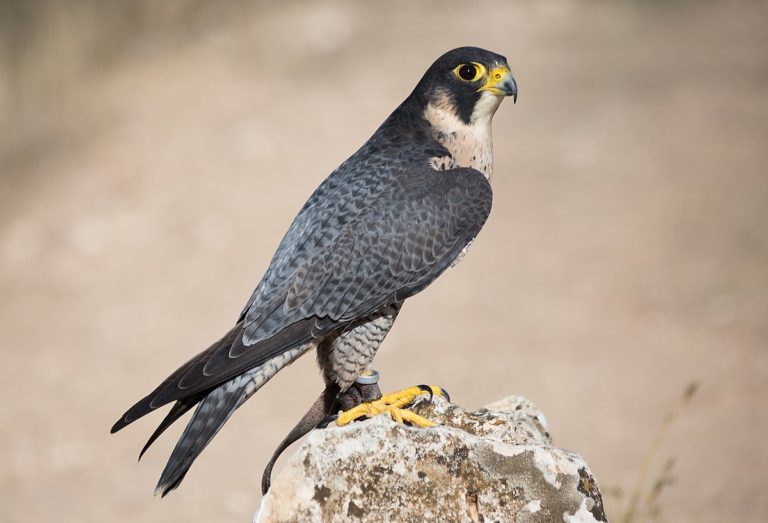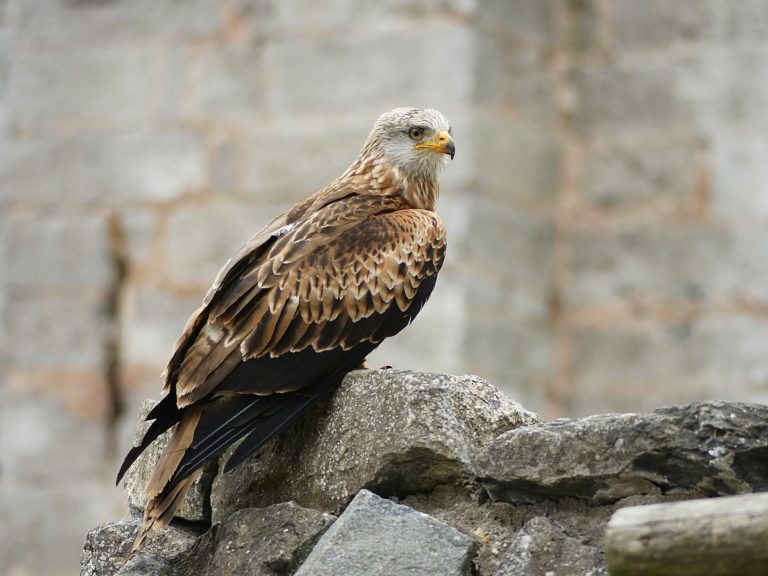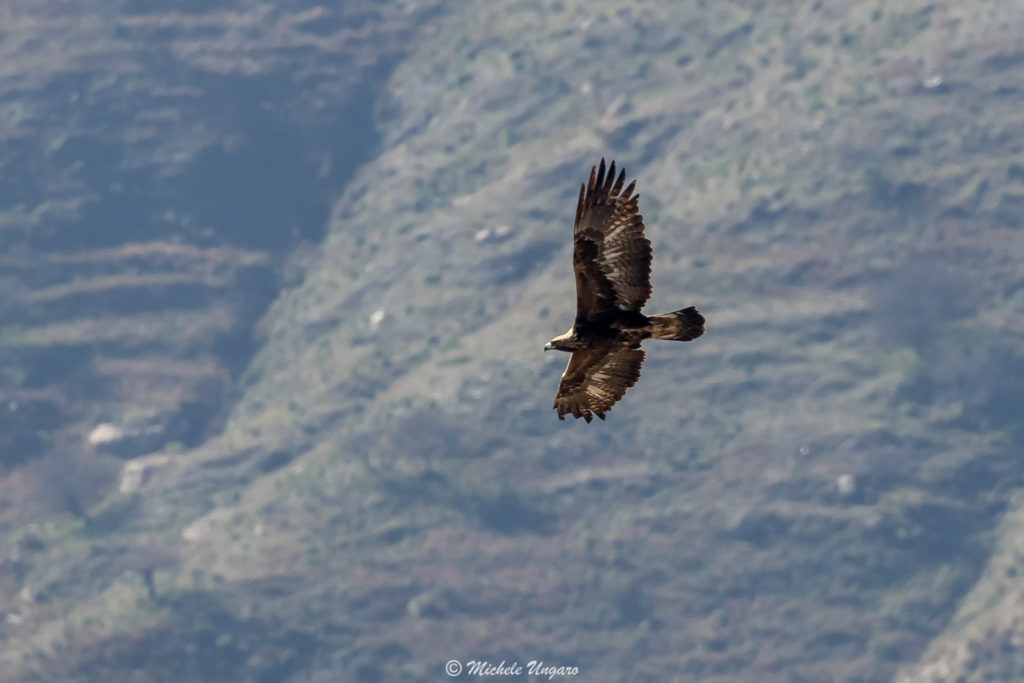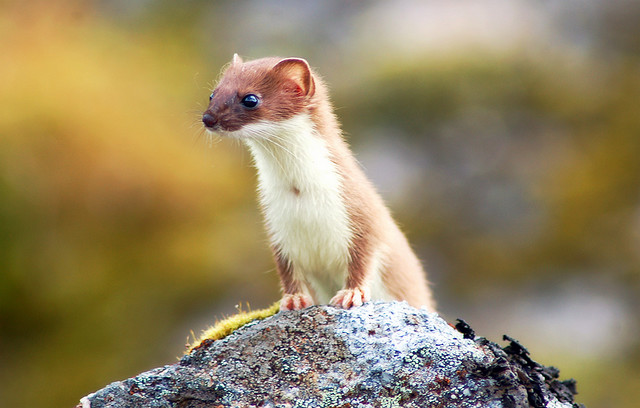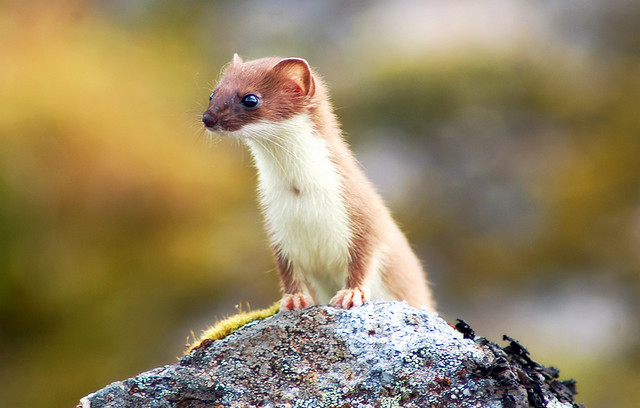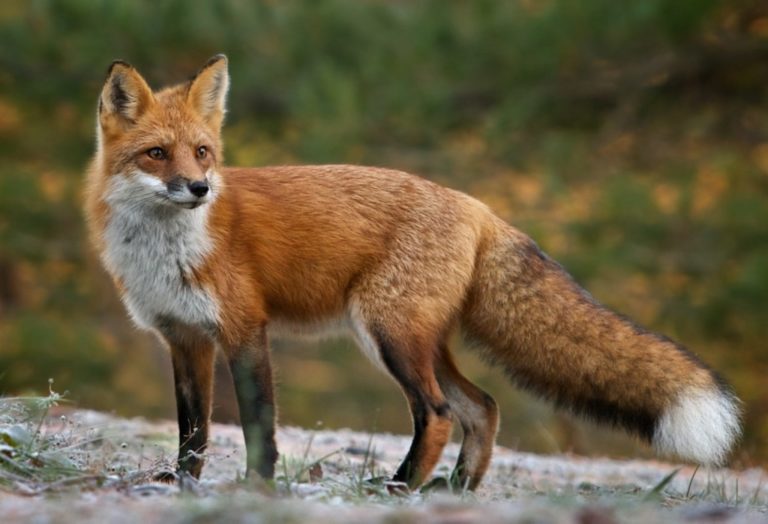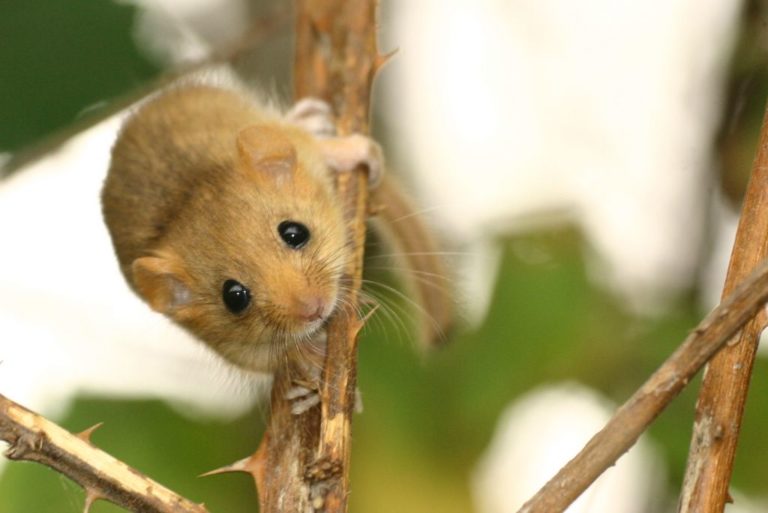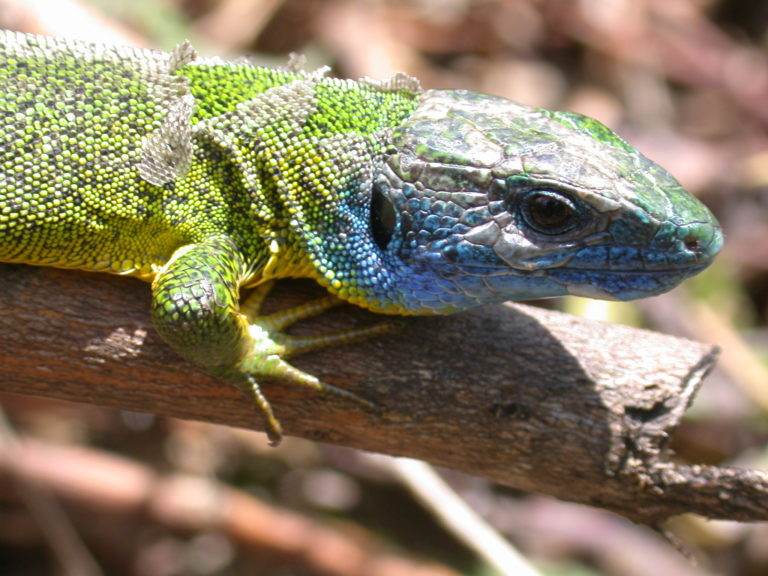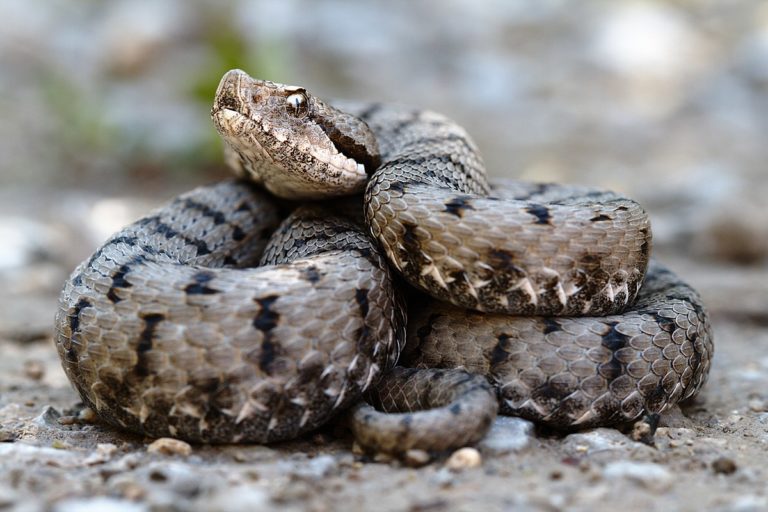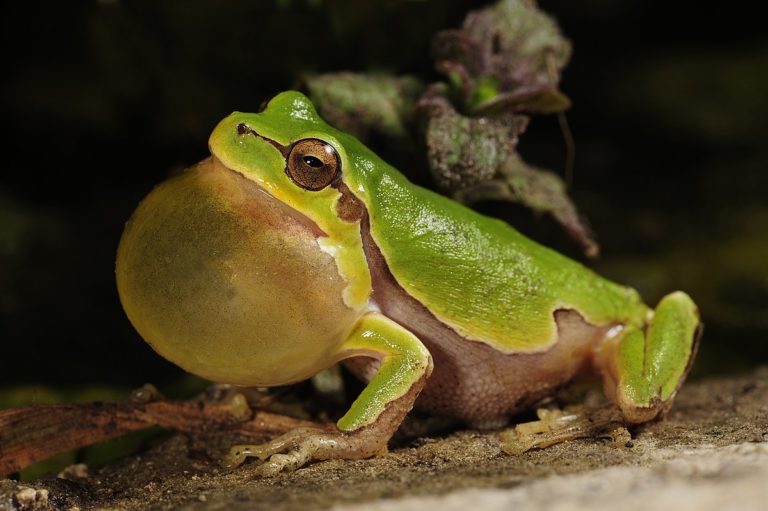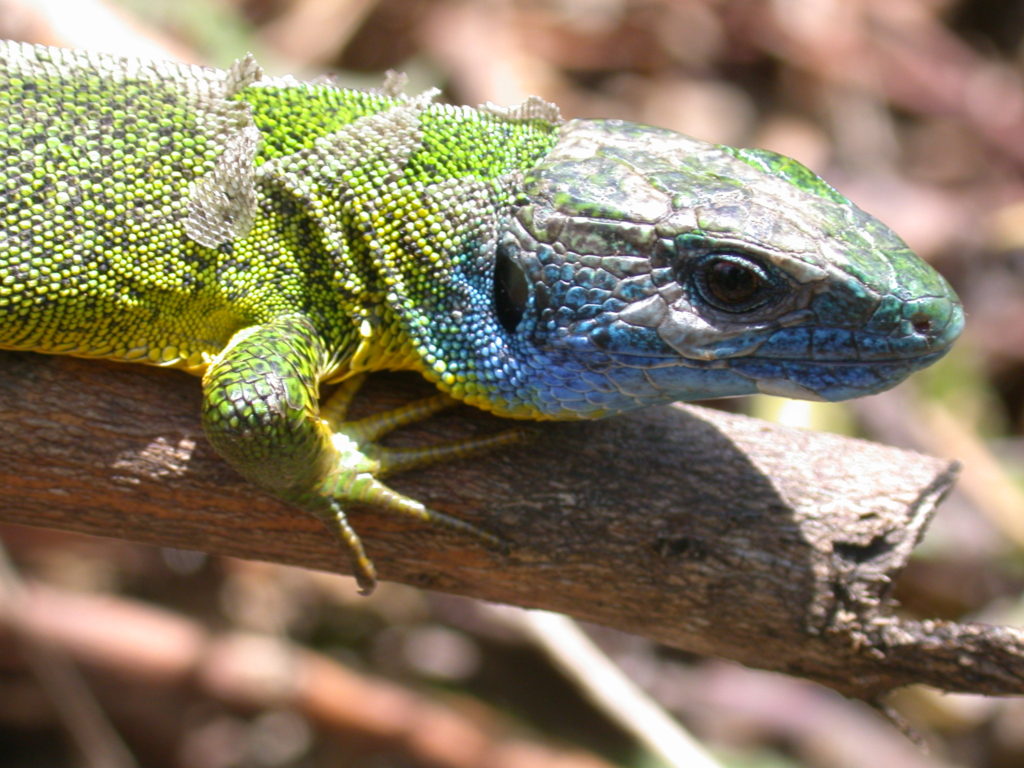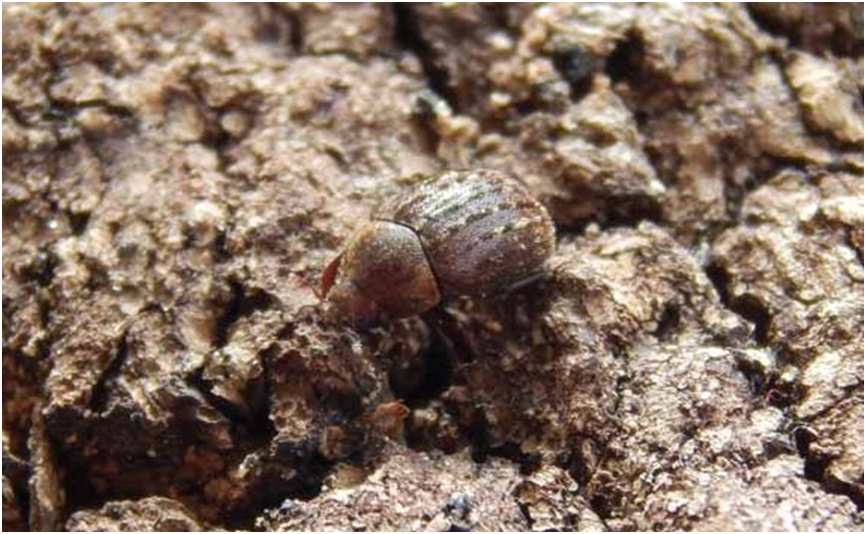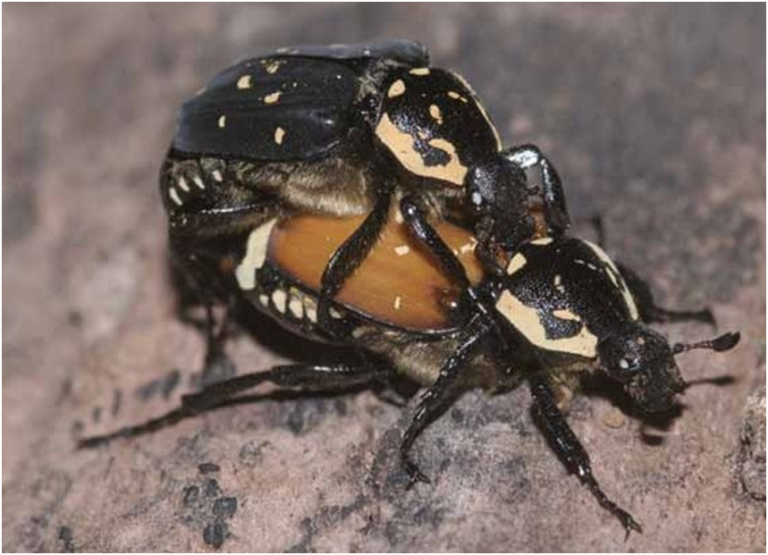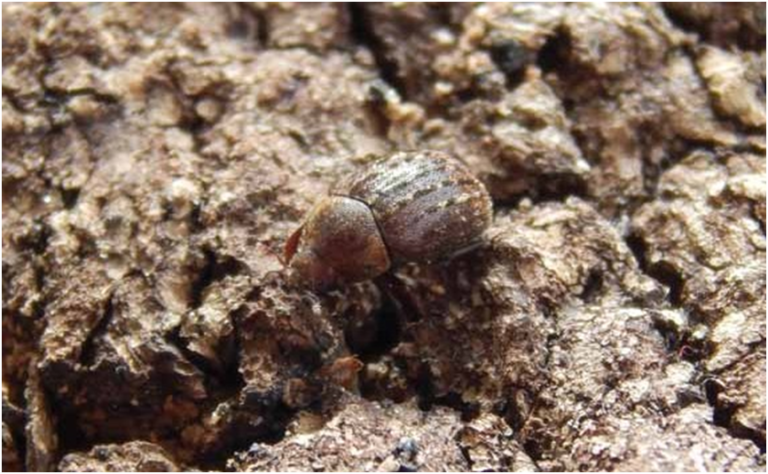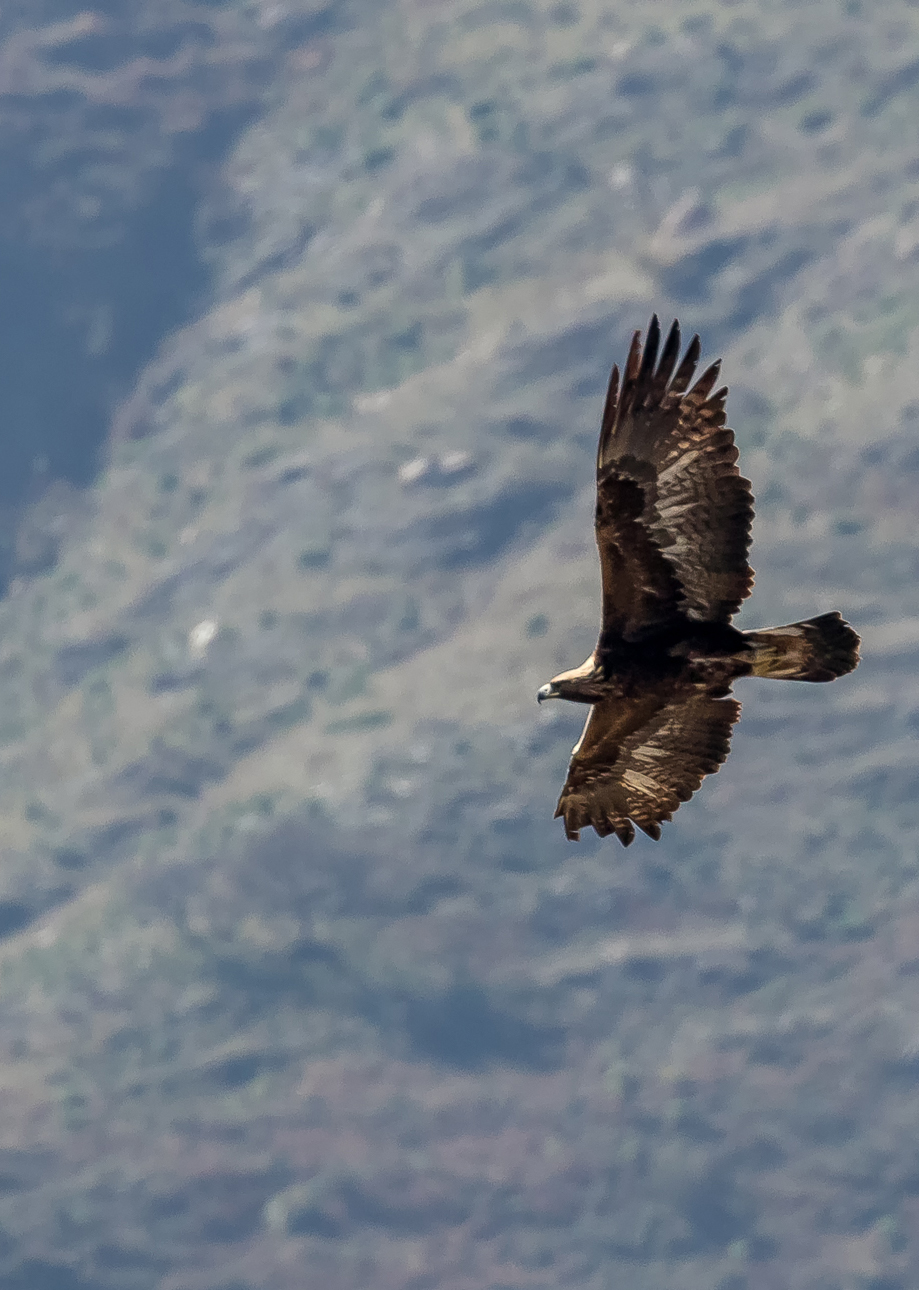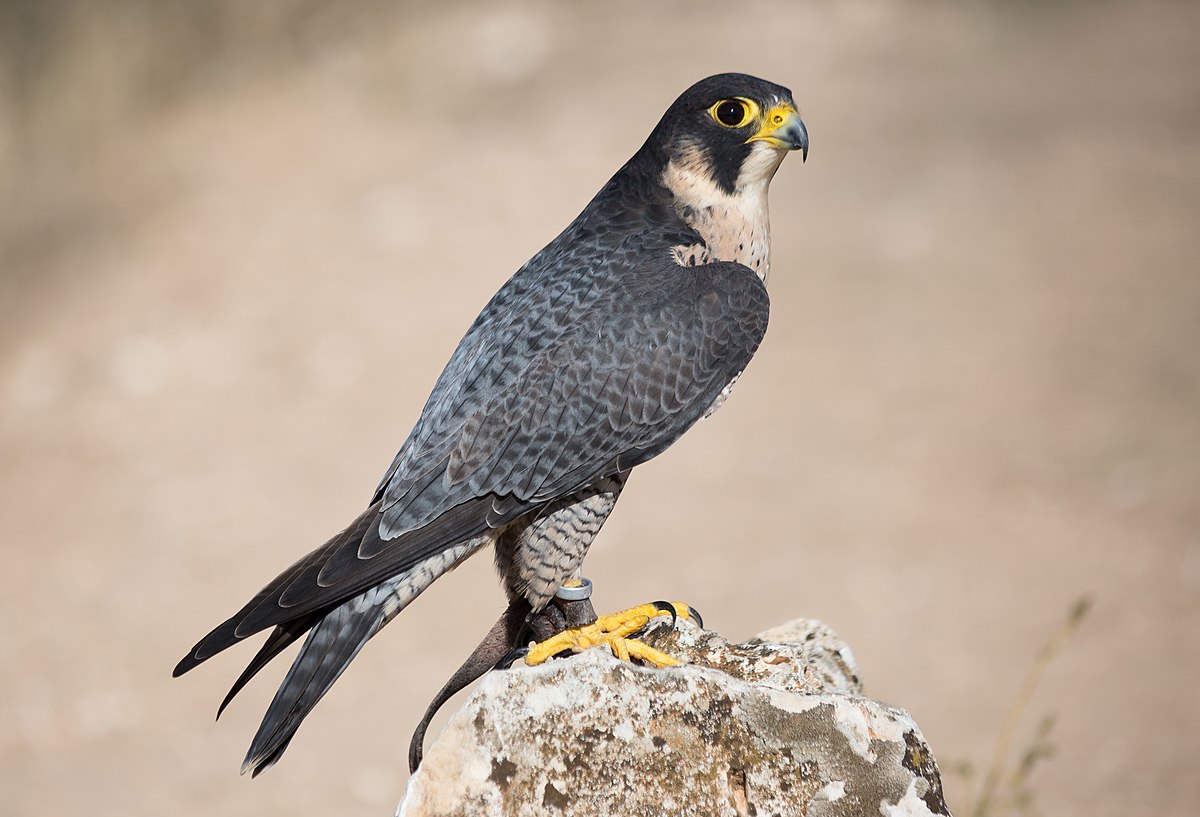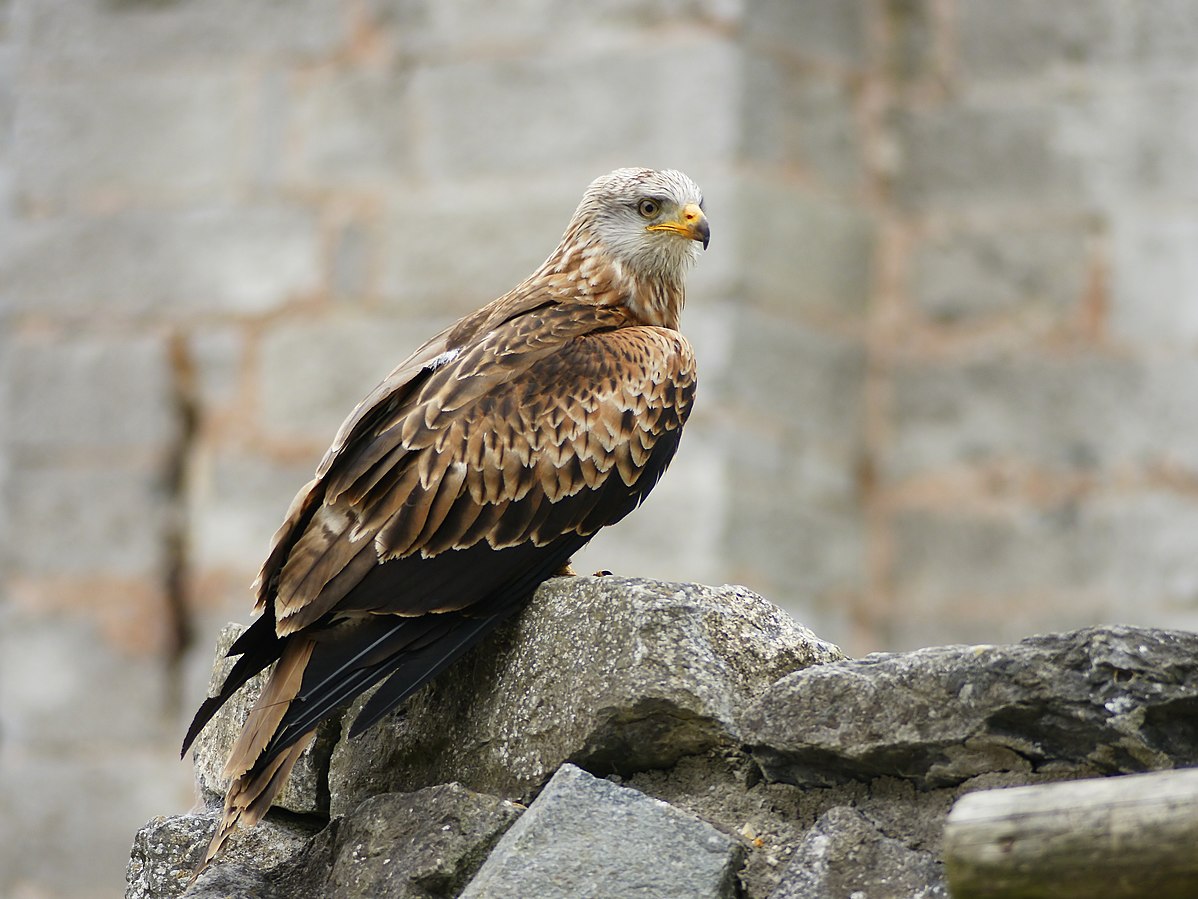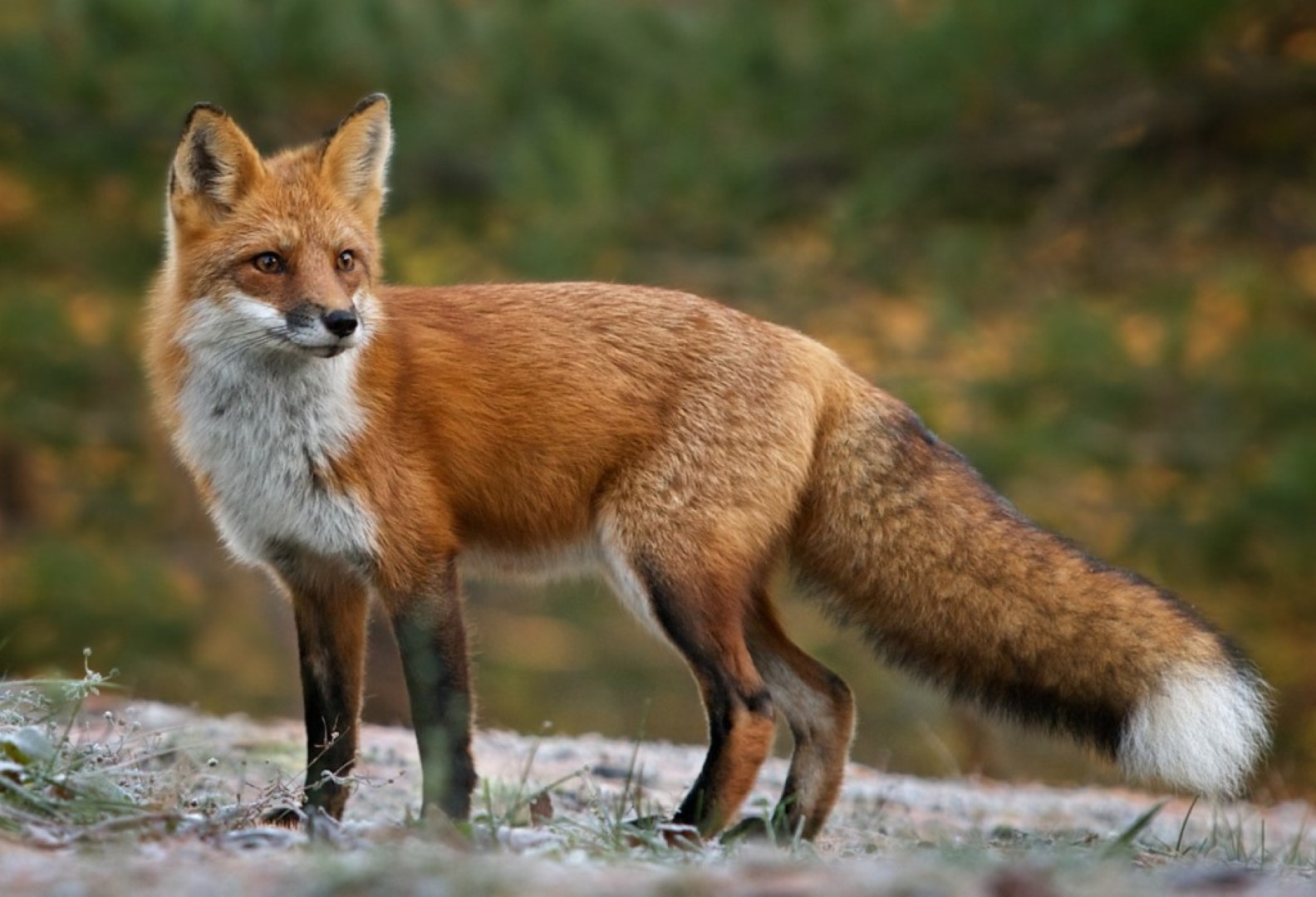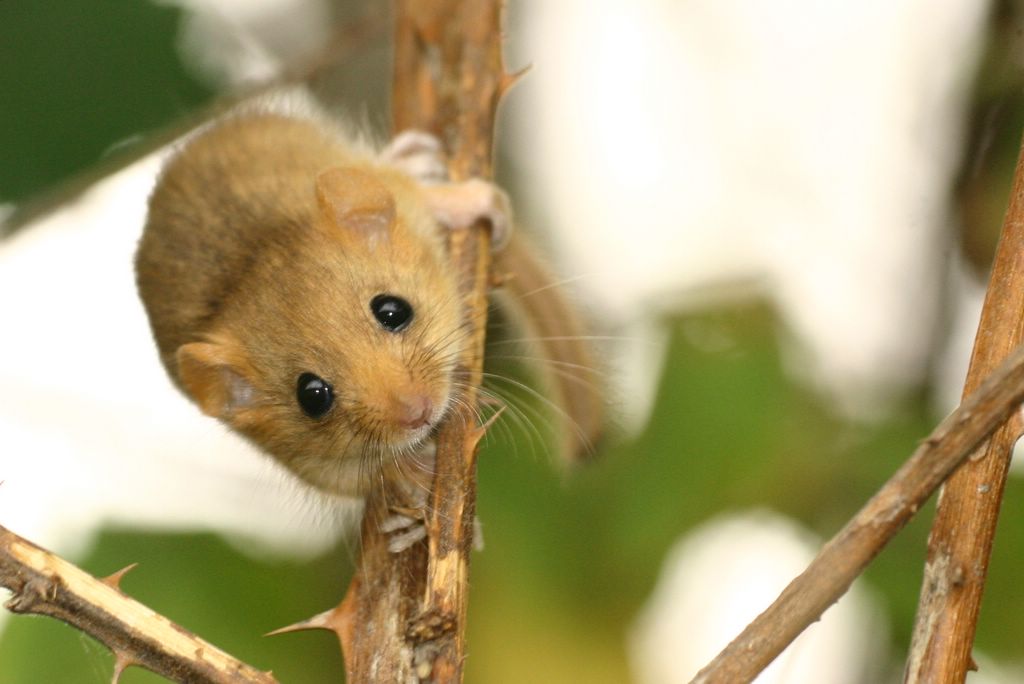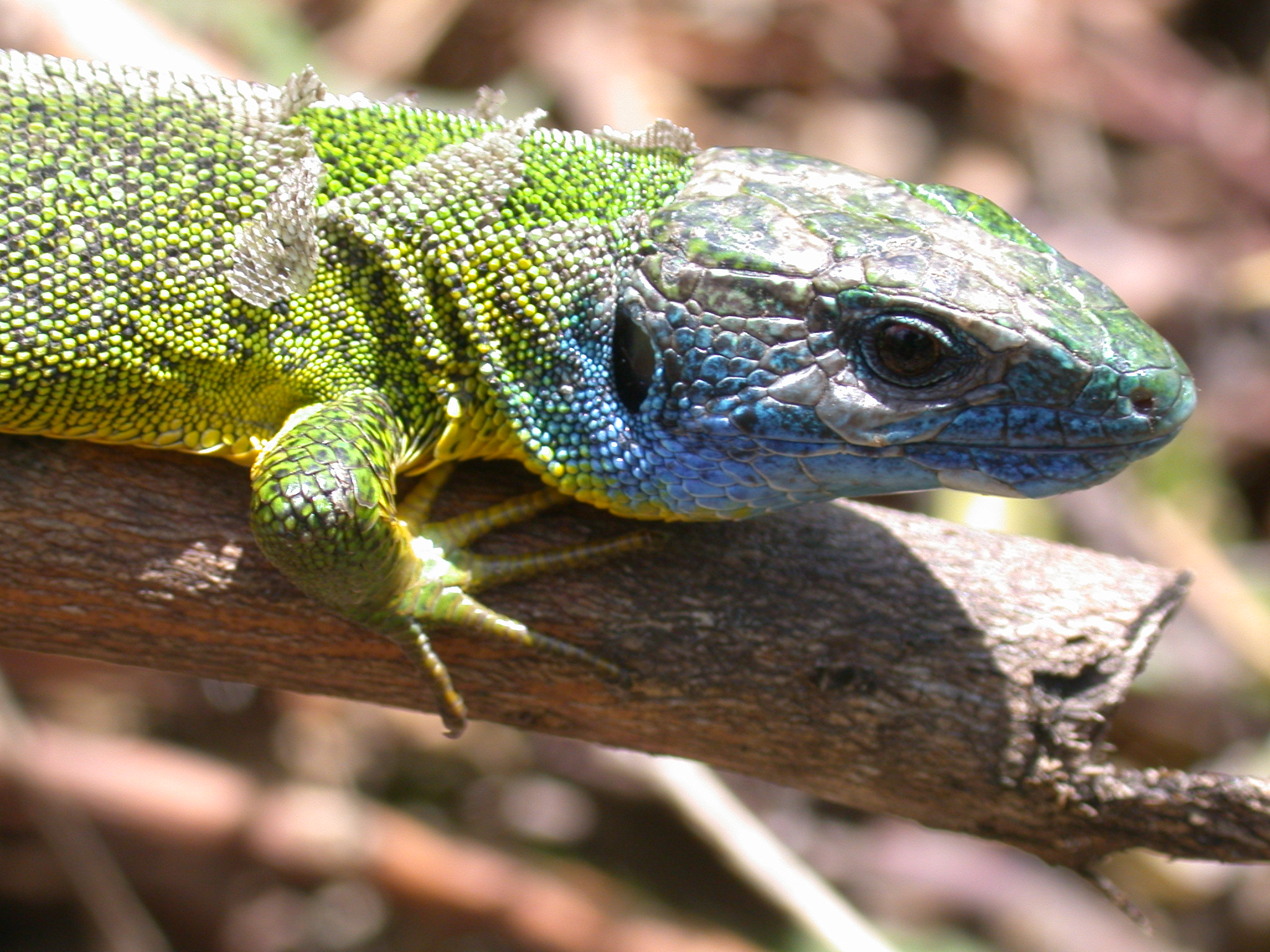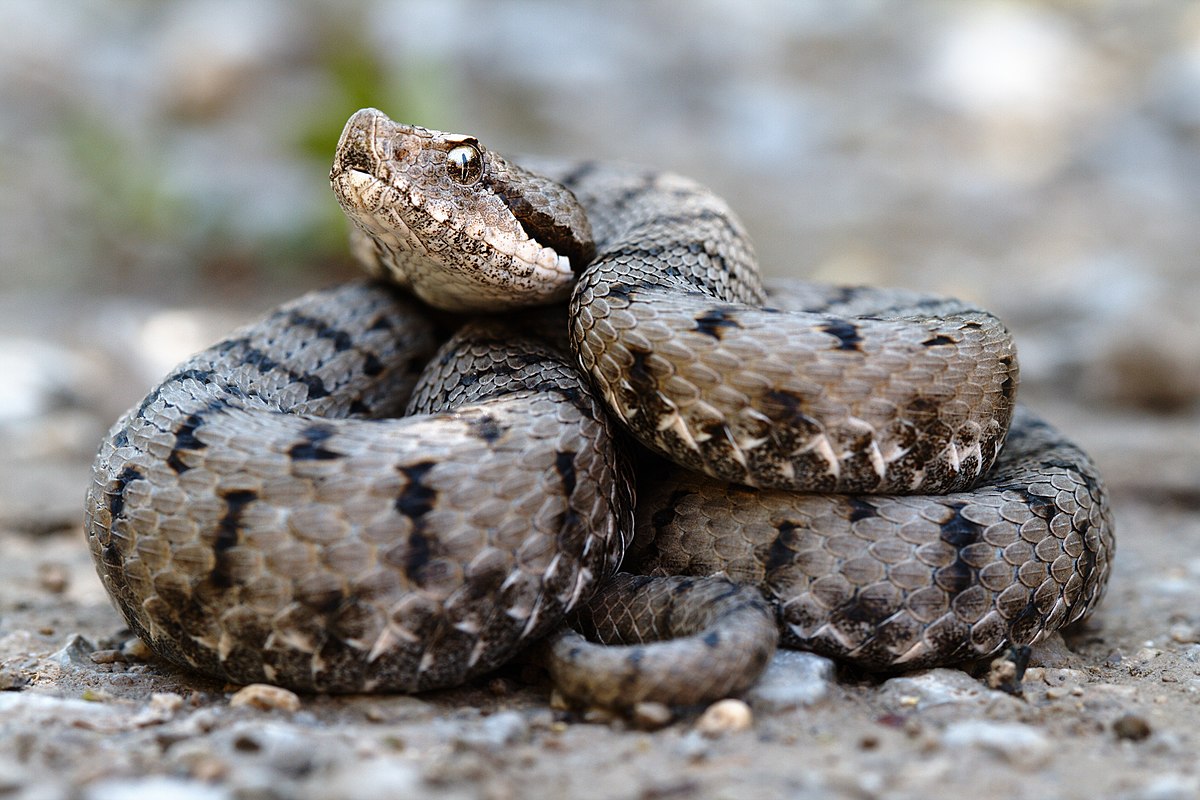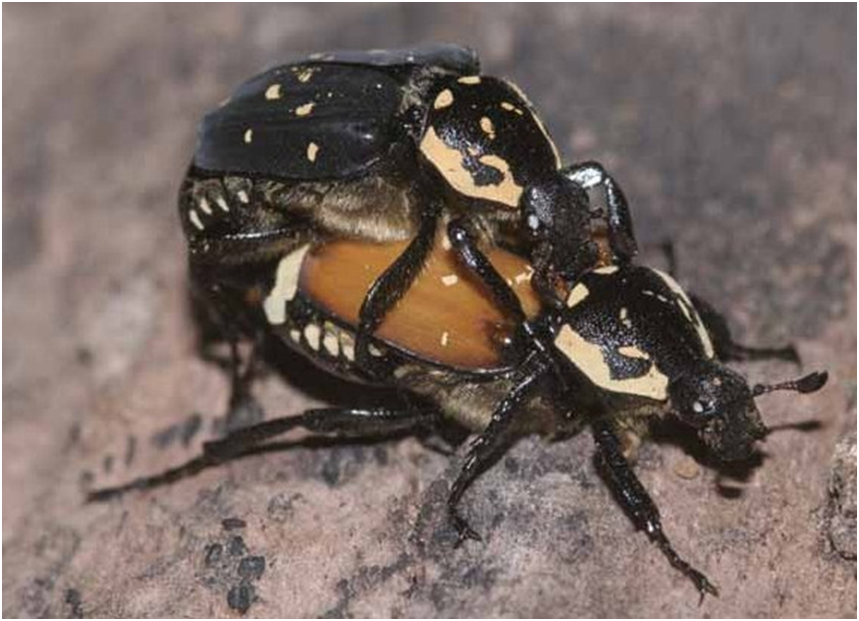Class
:
INSECTA
Order
: RHYNCHOTA
Suborder
: HOMOPTERA
Family: CICADELLIDAE
Adarrus messinicus
Chorology: Sicilian endemic
Environmental preferences: Meadows, herbaceous vegetation
Order: COLEOPTERA
Family: CARABIDAE
Chlaenius borgiai
Chorology: Sicilian endemic
Environmental preferences: Open areas, edges of waterways
Philorzhizus brandmayri
Chorology: Sicilian endemic
Environmental Preferences: Litter Silvicolus
Family: CURCULIONIDAE
Leiosoma scrobiferum scrobiferum
Chorology: Endemic subspecies of Sicily
Environmental preferences: Meadows, under stones
Pseudomeira vitalei
Chorology: Sicilian endemic
Environmental Preferences: Litter Silvicolus
Pseudomeira erinacea
Bello & Bavaria, 2011
Chorology: Sicilian endemic
Environmental Preferences: Litter Silvicolus
Solariola pesarinii
Bavaria, 2015
Chorology: Endemic to Malabotta Woods.
Environmental preferences: Silvicultural, strictly endogean
Family: LUCANIDAE
Aesalus scarabaeoides
ssp.
siculus
Bavaria, 2008
Chorology: Endemic to Malabotta Woods.
Environmental preferences: Silvicultural in old deciduous trees (Sheet)
Family: PSELAPHIDAE
Bryaxis marinae
Chorology: Sicilian endemic
Environmental preferences: Silvicultural under large boulders
Euplectus bonvouloiri siculus
Chorology: Endemic subspecies of Sicily
Environmental preferences: YesRotting Woodvicle.
Faronus siculus
Chorology: Sicilian endemic
Environmental preferences: Silvicolus in the first layer of litter.
Pselaphogenius peloritanus
Chorology: Sicilian endemic
Environmental Preferences: Litter Silvicolus
Family: SCARABAEIDAE
Gnorimus decempunctatus
Chorology: Sicilian endemic
Environmental preferences: Silvicultural in old deciduous trees (Sheet)
Family: STAPHYLINIDAE
Eusphalerum aetolicum
Chorology: Sicilian endemic
Environmental preferences: Silvicultural, in shrubs with a preference for rosaceae

